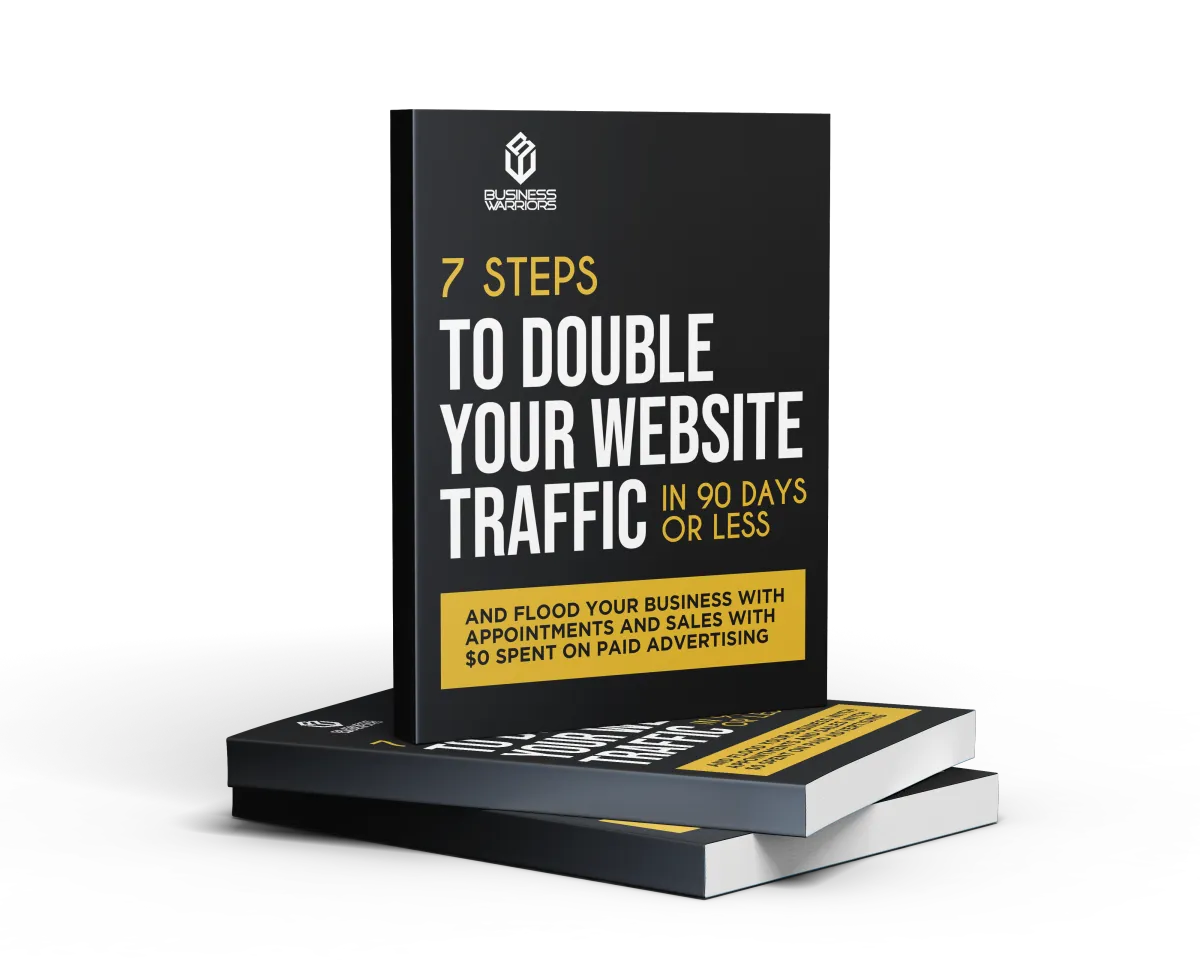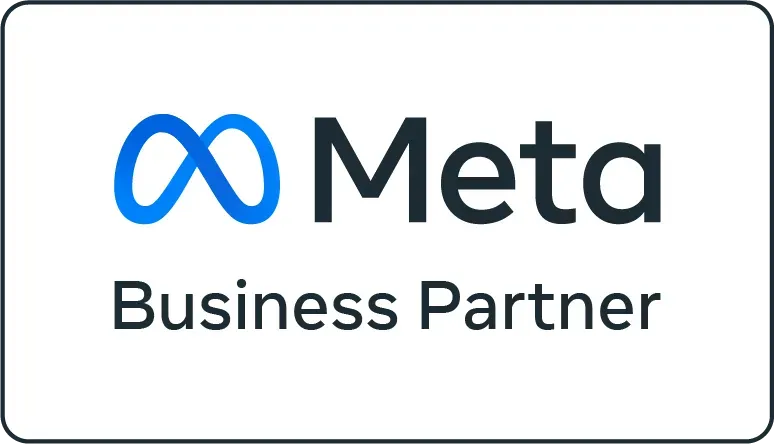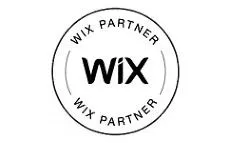Blog

Uncovering Audience Needs with an Effective SEO Content Strategy
Introduction
In today’s competitive digital landscape, understanding your audience’s needs is critical to the success of any content marketing and SEO strategy. With countless websites vying for attention, crafting content that resonates with your target audience has never been more important.
An effective SEO content strategy serves as a bridge between content creators and their audience, ensuring that both search engines and human readers find value in your content. This article dives into how you can uncover audience needs and integrate them into your SEO content strategy, offering insight into how to stay relevant and deliver what your audience truly desires.
Why Understanding Audience Needs is Crucial for SEO Success
What Are Audience Needs in SEO?
Audience needs refer to the specific information, solutions, or experiences that users are seeking when they search online. In SEO, addressing these needs means creating content that answers questions, solves problems, or provides value aligned with the searcher’s intent.
Meeting these needs can dramatically boost engagement, increase time spent on your site, and ultimately, improve conversions. When your content reflects what your audience is looking for, you’ll not only rank higher but also foster trust and build long-term relationships with your audience.
How Audience Needs Impact SEO Performance
Search engines like Google are designed to prioritise content that aligns with user intent. This means that the more relevant and helpful your content is, the better your chances of ranking higher on search engine results pages (SERPs).
By addressing audience needs:
Rankings Improve: Search engines reward content that matches user search intent, making it more likely to appear at the top of the SERPs.
Click-Through Rates Increase: When your content provides the answers users are looking for, they’re more likely to click through to your site.
Dwell Time Extends: High-quality, relevant content keeps users engaged longer, which signals to search engines that your content is valuable.
Examples of Content That Meets Audience Needs
Different types of content cater to different audience needs:
Blog Posts: How-to guides and informative articles serve users with informational needs.
Videos: Tutorials and explainer videos help users seeking visual guidance.
FAQs: These are great for answering specific questions quickly.
Product Reviews: Reviews help users make informed purchasing decisions (transactional intent).
Conducting Audience Research to Develop an Effective SEO Content Strategy
Understanding Your Target Audience: Where to Start
Before creating content, it’s essential to define who your target audience is. This involves segmenting your audience by factors like demographics, interests, and online behavior. Creating detailed audience personas helps guide your content creation and ensures that it speaks directly to the people you want to attract.
Methods for Conducting Audience Research
There are several ways to uncover what your audience is looking for:
Surveys and Polls: Gathering direct feedback from your audience through surveys is one of the most straightforward ways to learn about their needs.
Social Listening Tools: Tools like Hootsuite or Mention help monitor what people are saying about your industry or brand on social media. This allows you to capture pain points, desires, and common questions in real-time.
Competitor Analysis: Analysing the content strategies of your competitors can give you valuable insights into what your shared audience finds helpful or interesting.
Google Analytics & Search Console: Data from these tools can show you which content is driving traffic and what search terms people are using to find your website.
Using Keyword Research to Uncover Audience Needs
Keyword research is fundamental to uncovering what your audience is searching for. Tools like Google Keyword Planner, SEMrush, and Ahrefs can help identify the most relevant keywords related to your industry.
When conducting keyword research, it’s important to understand the intent behind the keywords:
Navigational: The user is looking for a specific website.
Informational: The user wants to learn more about a topic.
Transactional: The user is ready to purchase.
Identifying the right keywords for each type of search intent allows you to create content that directly aligns with audience needs.
Building an SEO Content Strategy Around Audience Needs
Aligning Content with Search Intent
Search intent is the driving force behind how content is ranked. It’s essential to match your content to the type of intent your audience has, be it informational (learning more about a topic) or transactional (ready to buy). Structuring your content to address different types of intent while optimising for SEO helps ensure your content gets noticed.
Creating Value-Driven, Relevant Content
The most successful SEO content strategies are built on creating value. To truly connect with your audience, your content must address their questions, provide solutions, or offer insightful information that they find helpful. Content that delivers value is more likely to get shared, linked to, and favored by search engines.
Types of Content That Cater to Different Audience Needs
Blog Posts: Ideal for detailed explanations, how-to guides, and informative articles.
Video Content: Useful for tutorials or explaining complex topics in a more digestible format.
Product Pages & Reviews: Perfect for users with transactional intent looking to make purchasing decisions.
FAQs: Provide concise answers to commonly asked questions.
Case Studies and Success Stories: Help build trust by demonstrating proven results or showcasing experiences.
Optimising Content for SEO and User Experience
SEO Best Practices for Effective Content Optimisation
Optimising content for SEO means adhering to on-page SEO best practices, such as:
Keyword Placement: Ensure your primary keywords appear in strategic places like titles, meta descriptions, and throughout the content.
Meta Tags and Alt Texts: Help search engines understand the content of your page and images.
Structured Headings: Using H2 and H3 tags not only helps with SEO but also makes content more scannable for users.
Incorporating Long-Tail Keywords and Semantic Search
Long-tail keywords help address more specific queries that your audience might be searching for. Additionally, Google’s shift towards semantic search means the focus is on content relevance rather than exact-match keywords. It’s essential to incorporate related phrases and synonyms to cover a broader scope of search intent.
Creating Engaging Content for User Experience
User experience is as important as SEO. Enhancing readability with bullet points, short paragraphs, and visuals can significantly improve engagement. Additionally, internal linking helps guide users to related content and boosts SEO by improving site structure.
Monitoring and Refining Your SEO Content Strategy
Tracking the Success of Your Content
To measure the effectiveness of your SEO content strategy, track key performance indicators (KPIs) such as:
Organic Traffic: Number of visitors coming from search engines.
Bounce Rate: Percentage of visitors leaving after viewing only one page.
Conversion Rates: How many visitors take the desired action (sign up, purchase, etc.).
Tools like Google Analytics, SEMrush, and Ahrefs help monitor these metrics.
A/B Testing and Experimentation
A/B testing different headlines, formats, or even call-to-action (CTA) phrases allows you to refine your content based on what resonates best with your audience. Ongoing experimentation is crucial to refining and optimising your strategy over time.
Staying Updated with SEO Trends and Audience Preferences
SEO is dynamic, with Google algorithm changes and evolving audience preferences. Staying updated with these trends ensures your content remains relevant. Regularly refreshing and updating your content also helps maintain its value and performance.
As an example the Adult SEO Agency side to our business where we focus on helping Adult Industry websites grow their traffic there is trends every year in most states for expos that are really big and the surges in traffic allow us to piggy back the trend to find additional people that are interested in their businesses, we also get our adult website development team to put in place special offers through the content as well and even create additional pages we can add offers to that relate to each of the events and this happens in every industry.
Common Mistakes to Avoid When Creating an SEO Content Strategy
Ignoring Audience Research: Without thorough research, your content might miss the mark and fail to engage your target audience.
Focusing Too Much on Keywords: Over-optimisation or keyword stuffing can hurt your SEO performance. It’s essential to balance SEO with quality content.
Neglecting Mobile Optimisation: With Google’s mobile-first indexing, ensuring your content is mobile-friendly is critical for SEO success.
Tools and Resources for Uncovering Audience Needs in SEO
SEO Tools for Keyword and Audience Research
Tools like SEMrush, Ahrefs, Moz, and Google Trends offer valuable insights into what your audience is searching for. These tools help in identifying high-value keywords and uncovering trends that can guide content creation.
Content Planning and Optimisation Tools
Content planning tools such as CoSchedule, Yoast SEO, or Surfer SEO help streamline content creation, ensuring that both SEO and audience needs are met effectively.
Conclusion:
Understanding your audience is the cornerstone of any successful SEO content strategy. By investing time in researching their needs and crafting value-driven content, you can boost engagement, improve rankings, and drive long-term results. Start uncovering your audience’s needs today and implement an SEO content strategy that connects, engages, and delivers tangible outcomes. For expert guidance and effective strategies, reach out to Business Warriors to help you navigate your SEO journey and achieve lasting success.
WHAT WOULD YOUR RETURN ON INVESTMENT LOOK LIKE USING OUR DIGITAL MARKETING VORTEX METHOD TO YOUR BUSINESS?
GET THE DIGITAL MARKETING AGENCY SECRETS: 7 STEPS TO DOUBLE YOUR WEBSITE TRAFFIC IN 90 DAYS OR LESS








